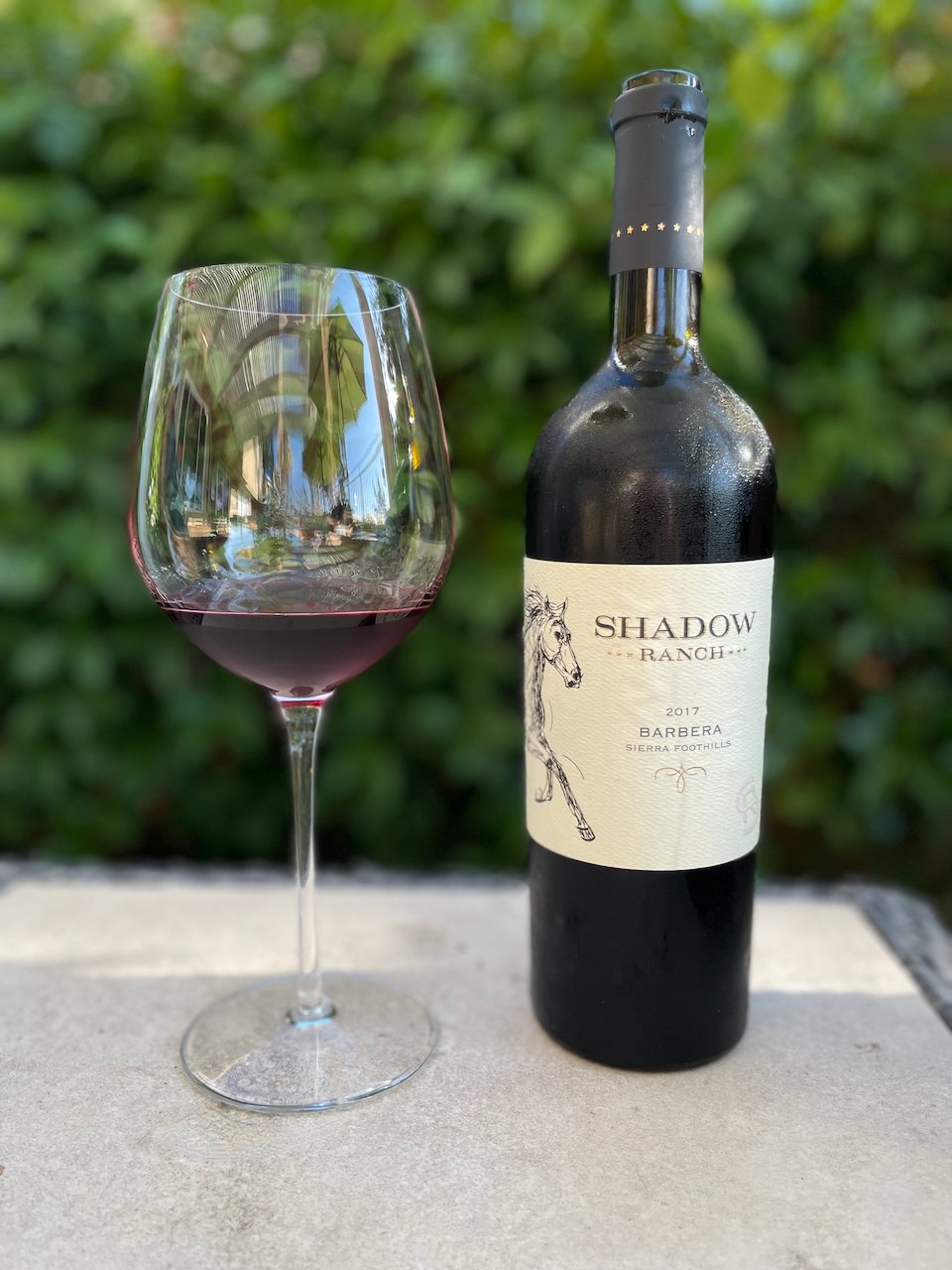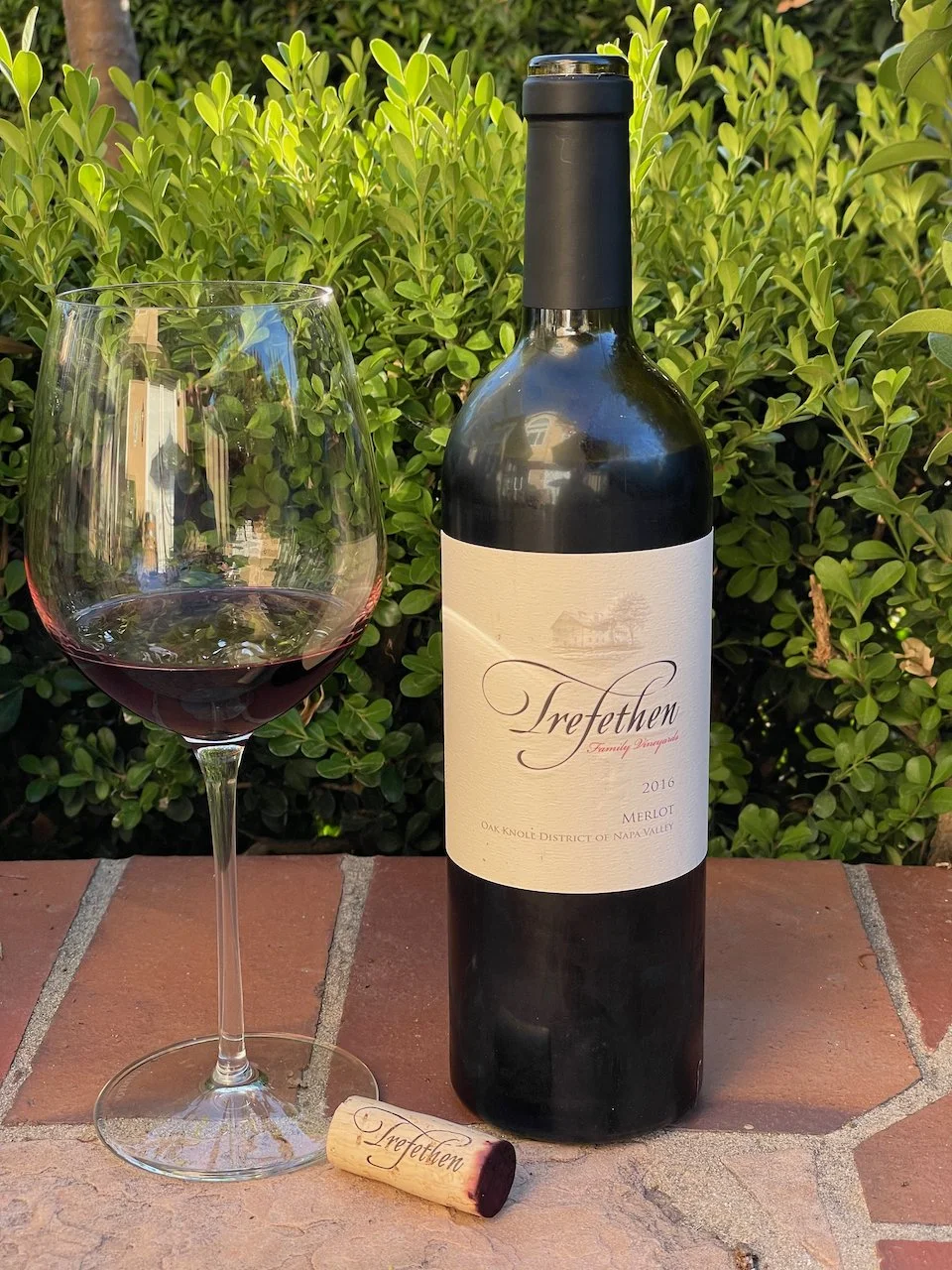Join in celebrating International Pinotage Day today, October 12th. This special day honors the remarkable Pinotage grape, a unique variety that originates from South Africa. Pinotage was created by a cross between Pinot Noir and Cinsault.
Known for its bold and expressive character, Pinotage offers a fascinating blend of flavors that can range from rich dark fruits to smoky undertones.
Discover the versatility of this extraordinary wine. Whether you prefer a full-bodied red to complement your grilled meats or a lighter option to pair with roasted vegetables, Pinotage has something for every palate. This is the perfect opportunity to explore both classic and modern interpretations of Pinotage from acclaimed wineries around the world.
Make International Pinotage Day a day of discovery and enjoyment. Raise a glass, share in the experience, and appreciate the rich heritage of Pinotage. Enjoy the journey, and let every pour of this unique wine remind you of the passion and tradition that goes into every bottle.
Cheers to International Pinotage Day!






